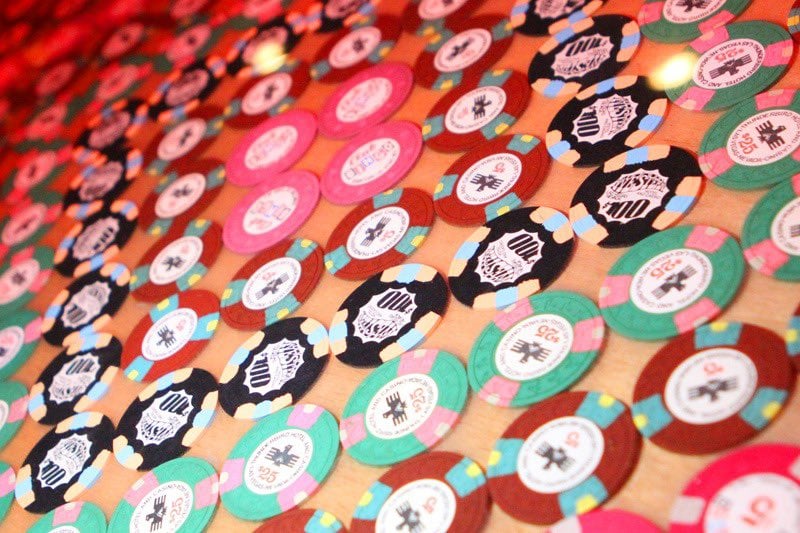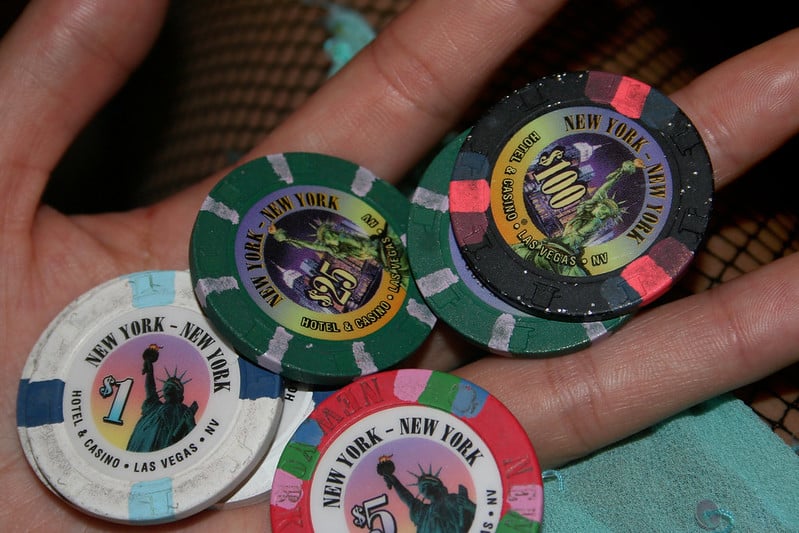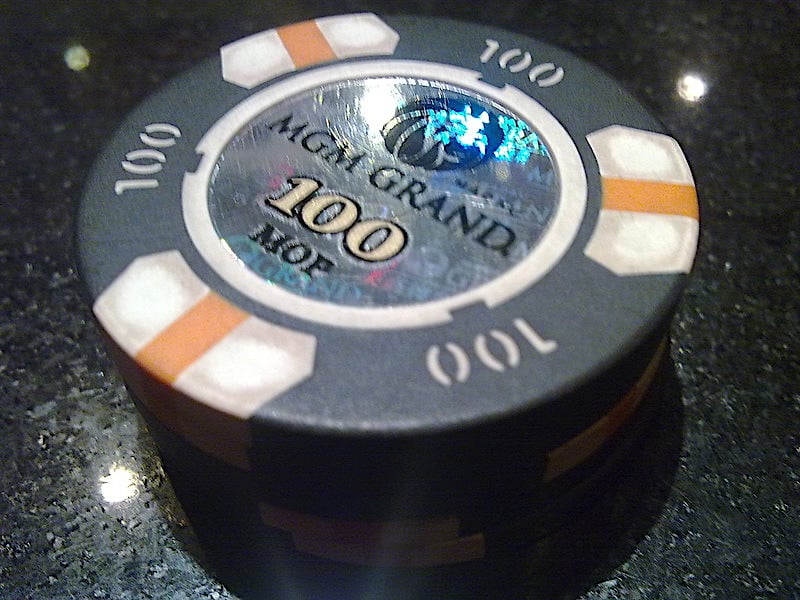Understanding How Casinos Detect Counterfeit Chips

Casinos take extensive measures to prevent fake chips from entering their gaming floors. Counterfeit chips occasionally slip into circulation, often detected when players unknowingly try to cash them in at the cage. But replicating casino chips is far from simple - and casinos have sophisticated systems in place to ensure authenticity at every step.
The Unique Design of Casino Chips
Casino chips, sometimes called checks, tokens, or cheques, come in a range of styles and materials, including molded plastic and composite 'clay.' Every casino designs its chips with distinctive features: weight, color, texture, and appearance are carefully selected to be unique, even compared to neighboring properties.
Denominations are color-coded industry-wide, but the specific shades and physical characteristics are proprietary. Common chip values and colors include:
- White: $1
- Red: $5
- Green: $25
- Black: $100
- Purple: $500
- Orange: $1,000
For counterfeiters, copying the precise shade of, say, green ($25) or black ($100) is a major challenge, as each casino may use a unique tone, making obvious fakes easier to spot.
Why Counterfeit Chips Are So Difficult to Produce
Would-be counterfeiters sometimes try to repurpose lower-value chips - for example, painting genuine $1 chips to resemble higher denominations. Yet even this approach presents obstacles:
- Replicating the exact weight, feel, and material is complex - particularly after painting or modifying a chip.
- Colored stripes or edge inserts are tricky to reproduce, as their colors and widths are custom for each casino and chip value.
- The inlay, which displays the casino’s name, the chip’s denomination, and intricate artwork or holograms, is extremely difficult to forge convincingly.
High-value chips often incorporate advanced security features, such as microprinting, color-shifting ink, or holographic overlays. Many casinos, especially in places like Las Vegas and Macau, embed RFID chips in their most valuable tokens, allowing staff to track a chip’s full journey through the casino.
Image: mizmareck/Flickr, CC BY-NC 2.0
Advanced Surveillance and Stringent Regulations
Counterfeiters face not just technical challenges, but also sophisticated surveillance and rigorous regulations. Due to Know Your Customer (KYC) policies and national anti-money laundering laws, all large chip transactions are closely monitored:
- Cashing chips valued at $500 or higher triggers photographic documentation and enhanced security checks.
- Surveillance systems in major casinos can review months of video footage and track suspect chips or transactions.
- Attempting to cash in $10,000 or more requires the casino to collect official identification, including details such as name and Social Security number (in the U.S.).
Casinos are required by law to monitor high-denomination action and report large or suspicious activity. Anyone attempting to pass fake chips risks quick identification by casino staff and law enforcement, followed by severe legal consequences that can include hefty fines and significant prison time.
Why $100 Chips Are Most Frequently Counterfeited
Image: Lablascovegmenu/Flickr, CC BY 2.0
Of all denominations, $100 chips tend to be the primary target for counterfeiters. The reasons are:
- Chips worth less than $100 are often seen as not worth the significant effort and risk.
- Higher denominations ($500, $1,000) undergo even tighter scrutiny and security.
- In the past, the dark web facilitated the illegal sale of fake chip inlays, often manufactured overseas for use on authentic lower-value chips.
However, efforts by law enforcement officials, sometimes in coordination with customs agents, have made accessing these illicit services increasingly difficult. Ultimately, specialized databases, surveillance footage, and chip tracking methods allow casinos to reconstruct transaction histories and pinpoint when and where suspicious chips surfaced.
A real-world example illustrates this: by reviewing player data and surveillance, a casino quickly identified a fraudster responsible for passing dozens of fake $100 chips - resulting in a lengthy 12-year prison sentence.
Risks of Chip Scams and How to Protect Yourself
While the risk of receiving a fake chip at a reputable casino is exceedingly low, the same cannot be said for chip sales outside casino grounds. Scammers may attempt to lure unsuspecting buyers with deals that seem too good to be true, such as offering a $1,000 chip for a few hundred dollars due to a supposed inability to cash it themselves.
Classic scams, like swapping your genuine chip for a counterfeit one during a bait-and-switch trick, have long histories in tourist hotspots such as Las Vegas. If someone offers casino chips for sale privately, particularly at a significant discount, extreme caution is warranted.
Tips to avoid falling victim to chip scams:
- Do not buy chips from unofficial or unknown sources.
- Be suspicious of anyone unwilling to provide proof of the chip’s origin or legitimacy.
- Remember: If a deal sounds too good to be true, it almost certainly is.
Conclusion: The High Stakes of Counterfeit Casino Chips
Casinos invest heavily in securing their chips, utilizing a blend of unique design, enhanced materials, security technology, and relentless surveillance. The costs and risks of attempting to manufacture or pass a fake chip massively outweigh any possible rewards. Severe legal repercussions await anyone caught attempting to cheat the system.
For players, the lesson is simple: trust only the official casino cage for chip exchanges and never gamble on the authenticity of a chip outside these settings. Focus on the games of chance, not on whether your chips are real.















